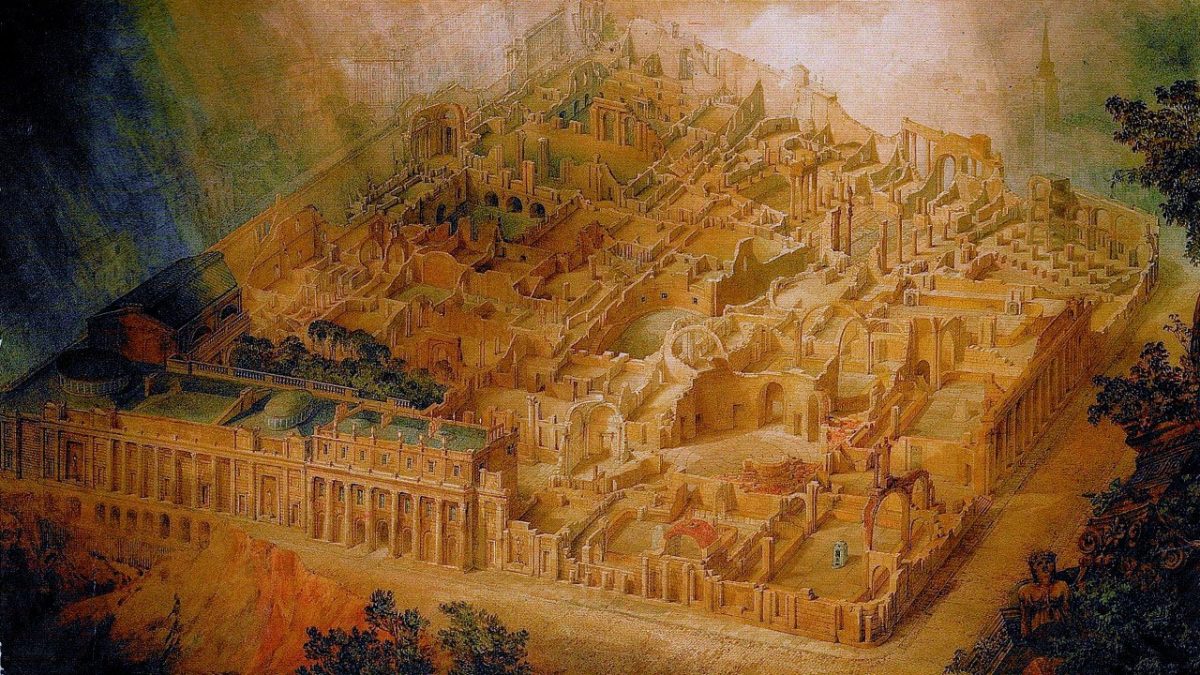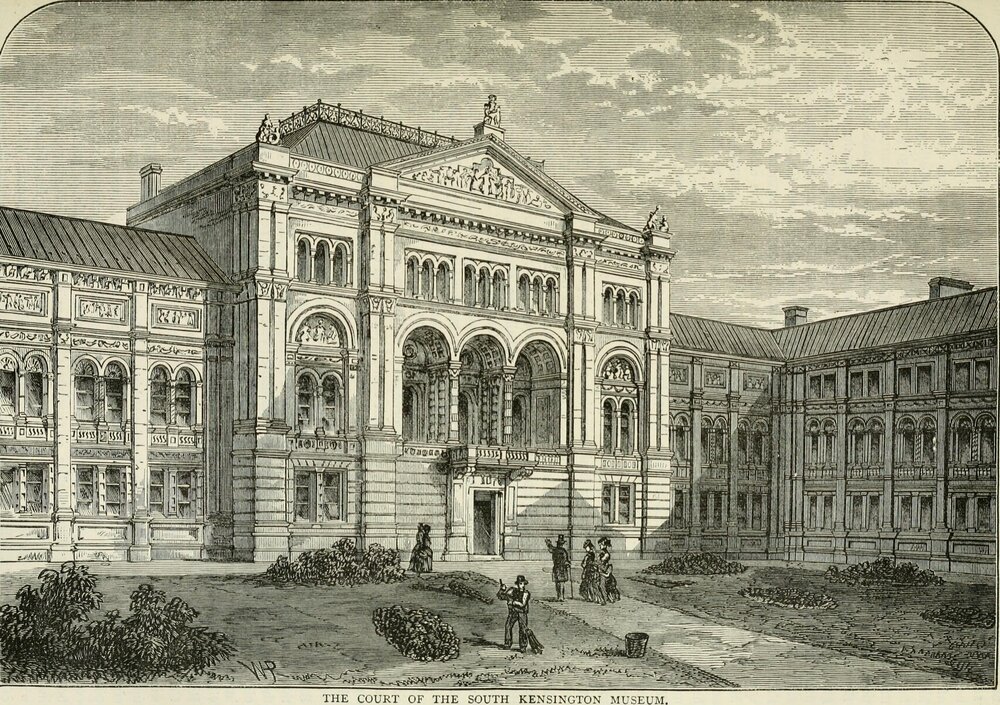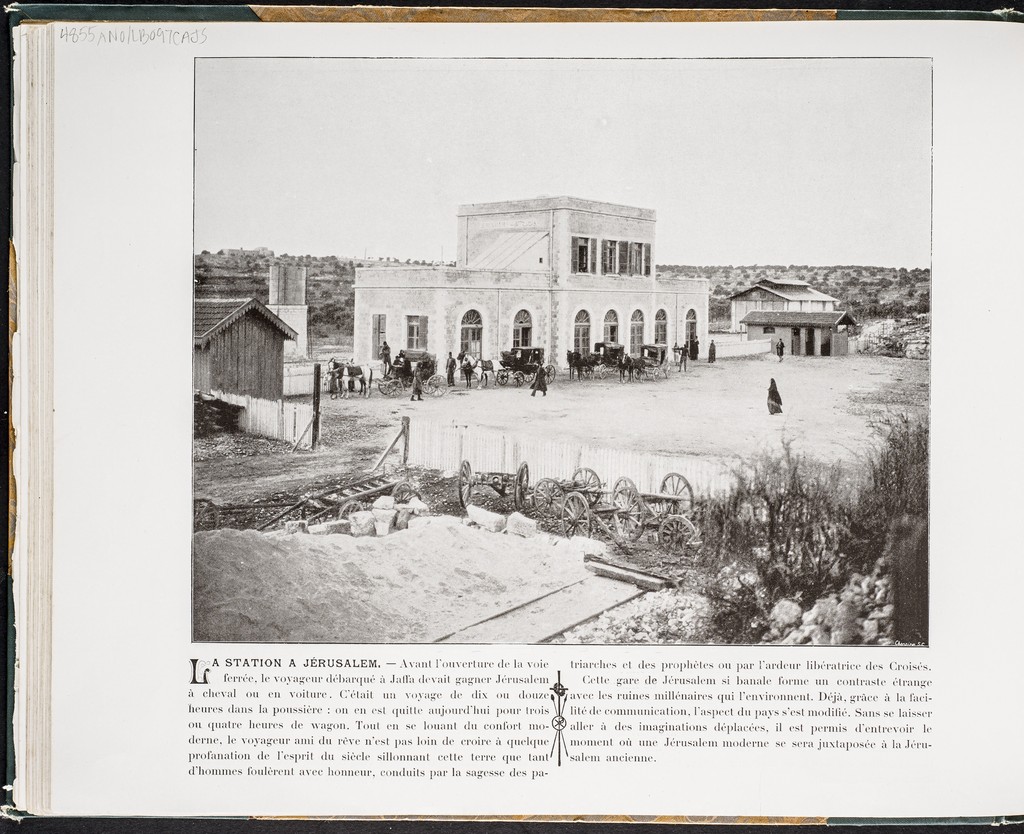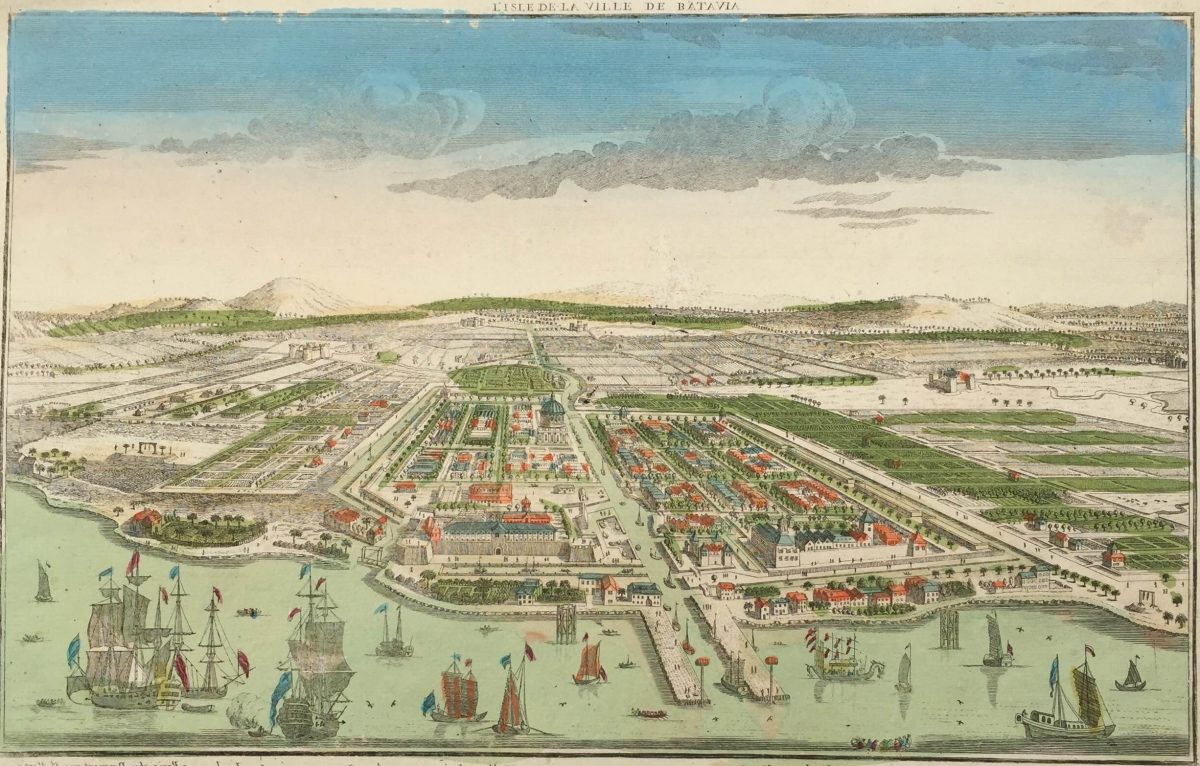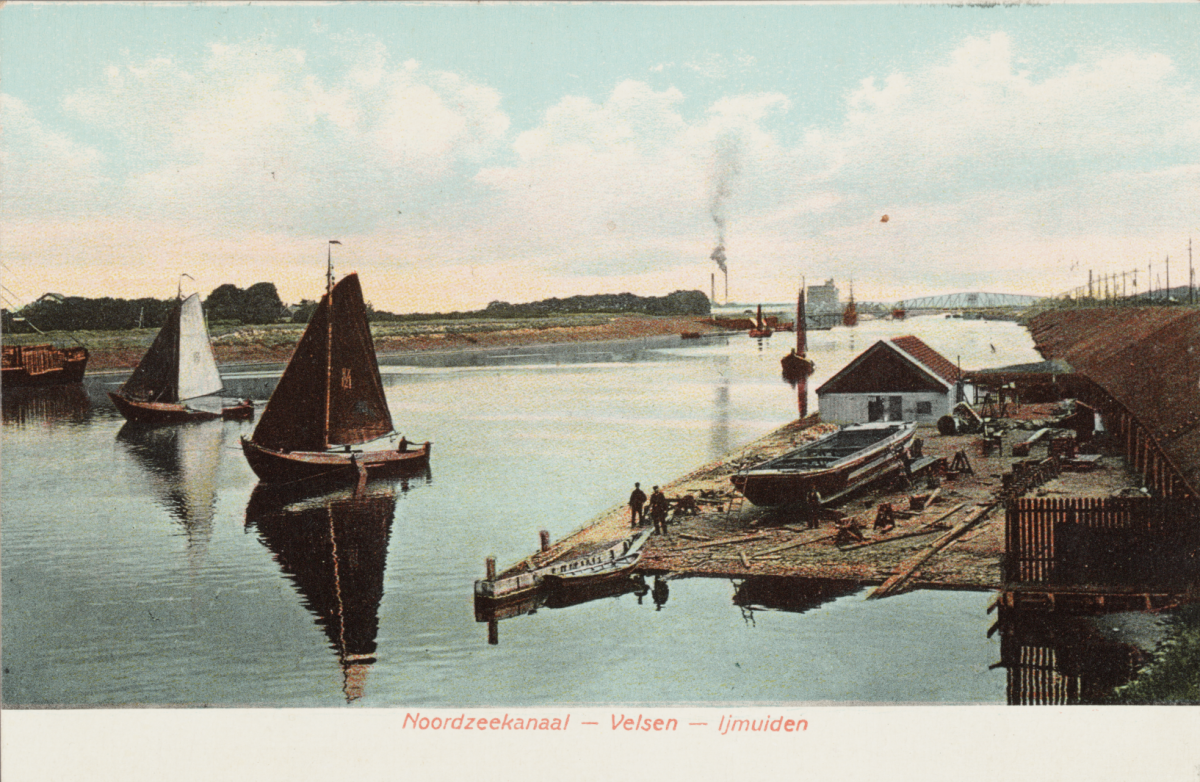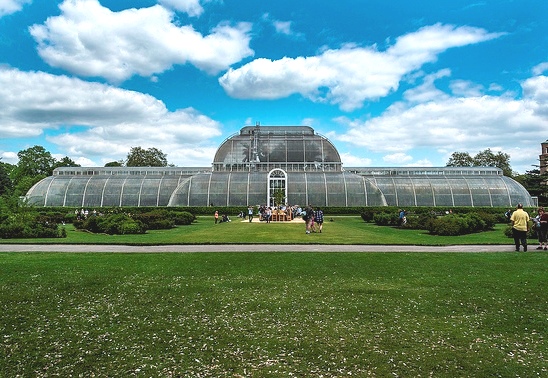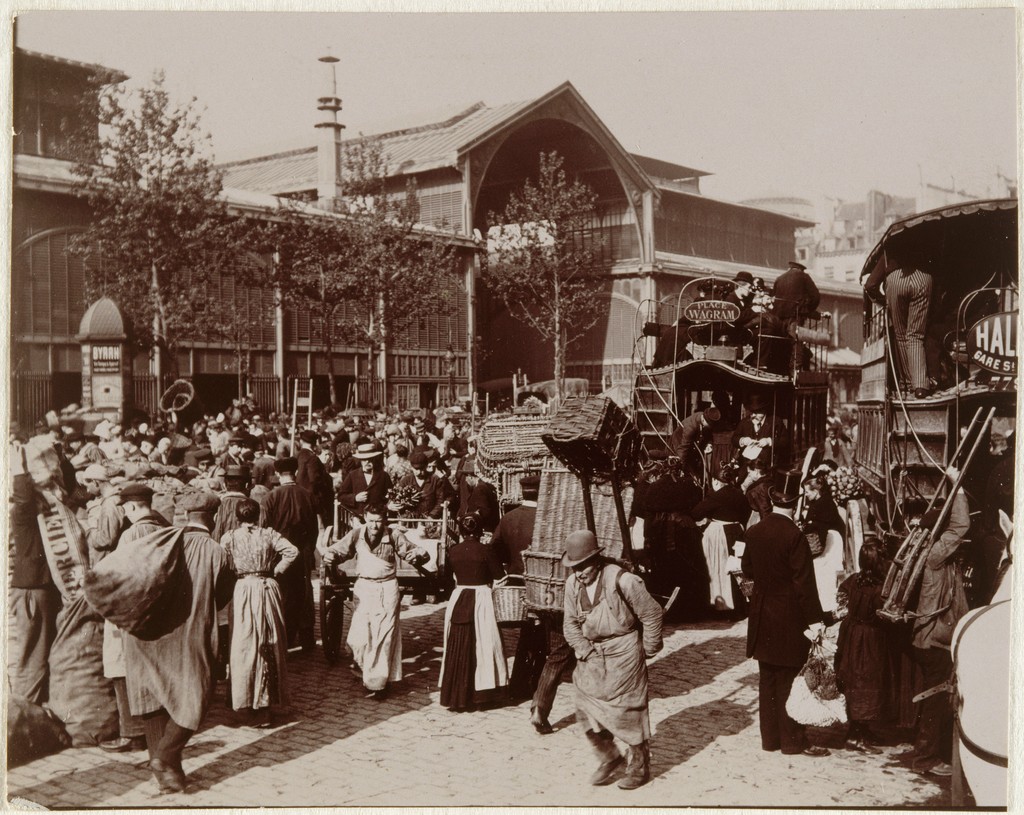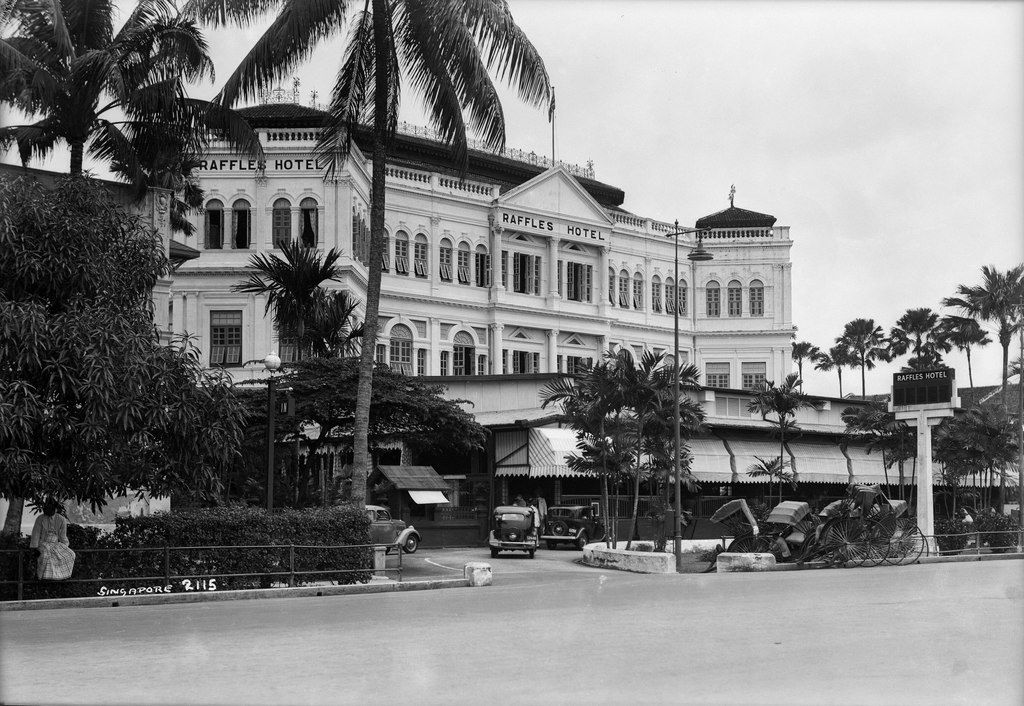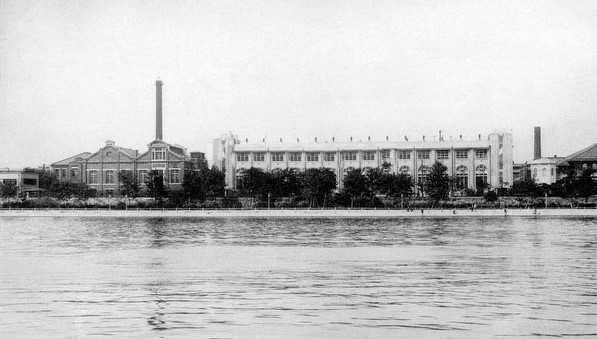Great Britain is one of the primary examples to observe when working to understand the reach of colonial, European imperialism. Cain and Hopkins observe that the onset of British Imperialism can be read two ways: one as the continuation of an existing system dominated by oligarchical land holders, and second as a consequence of the […]
